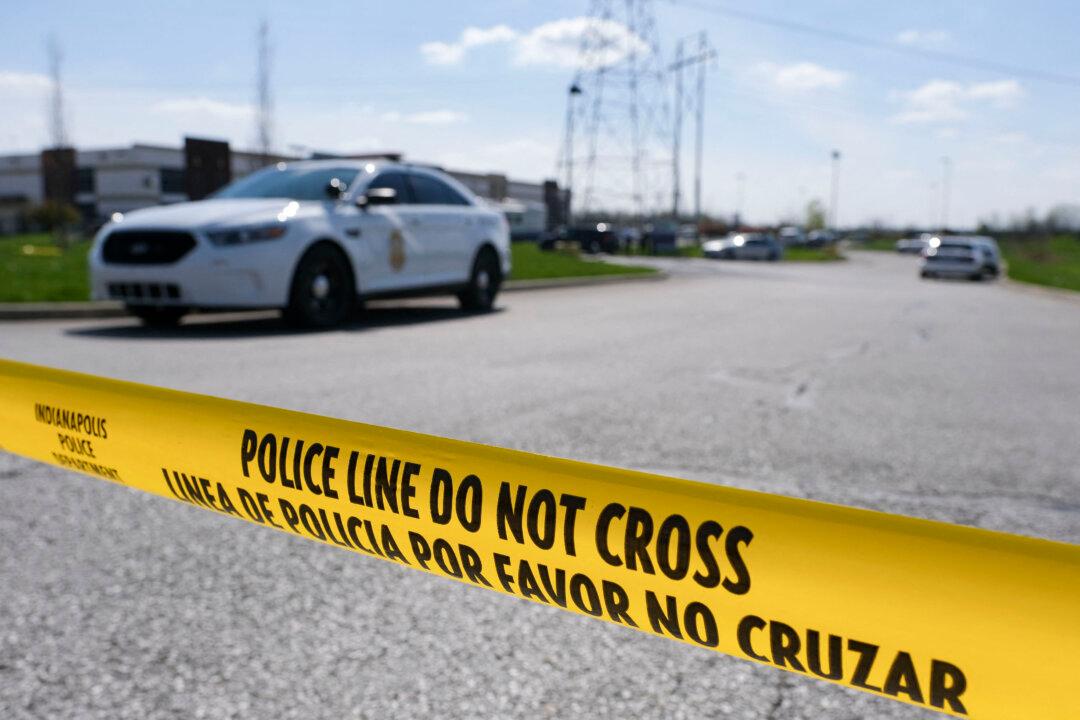WESTFIELD, Ind.—Indiana authorities have recovered two complete human DNA profiles from bones and bone fragments found on property once owned by a long-deceased businessman suspected in a string of killings in the 1980s and 1990s.
Hamilton County Coroner Jeff Jellison said Indiana State Police’s laboratory was able to produce the two DNA profiles this week from among a batch of bones and fragments submitted to the state agency as part of a renewed effort to identify more of the human remains found on Herbert Baumeister’s property.





